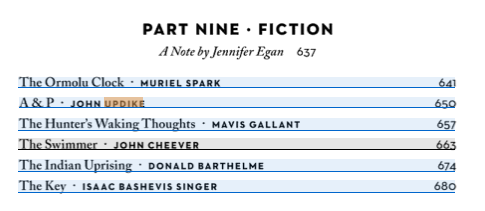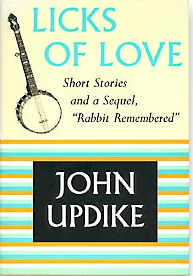 In a scholarly essay posted January 9, 2017 on The Other Journal website, Lauren D. Sawyer considers Updike’s controversial character Skeeter from Rabbit Redux in a larger context: “No Savior at All: Updike’s Black Jesus and the White Church.”
In a scholarly essay posted January 9, 2017 on The Other Journal website, Lauren D. Sawyer considers Updike’s controversial character Skeeter from Rabbit Redux in a larger context: “No Savior at All: Updike’s Black Jesus and the White Church.”
There is much to digest here—too much to excerpt, except for the author’s concluding paragraph:
“In Black Theology and Black Power, [“father of black liberation theology” James] Cone writes that ‘the time has come for white Americans to be silent and listen to black people.’ It is clear that white Americans, and in particular the white church, have not listened well. We have insisted that our culture be the norm, making it difficult to embrace the blackness of Beyoncé, let alone broader representations of blackness in America. We have insisted that our Christ be white and have used him to justify racism from slavery to the mass incarceration of black men. Maybe what we need is a black Jesus to come and disrupt our perspective, to show us the extent of our sin. Updike’s black Jesus does not quite get us there. He may reveal to us, the white church, our sin, but he does not offer liberation to black lives. Skeeter as Christ functions only to help the white church begin to address its privilege and racism by forcing us to see our racism for what it is. To black lives, Skeeter is pure antichrist—he is a misrepresentation of what it means to be black and is thus no savior at all. It is the black Jesus imagined by Cone who fully functions as Christ to both black and white lives: liberating black persons from oppression and liberating white persons from their role as oppressor.”
Read the full essay.










